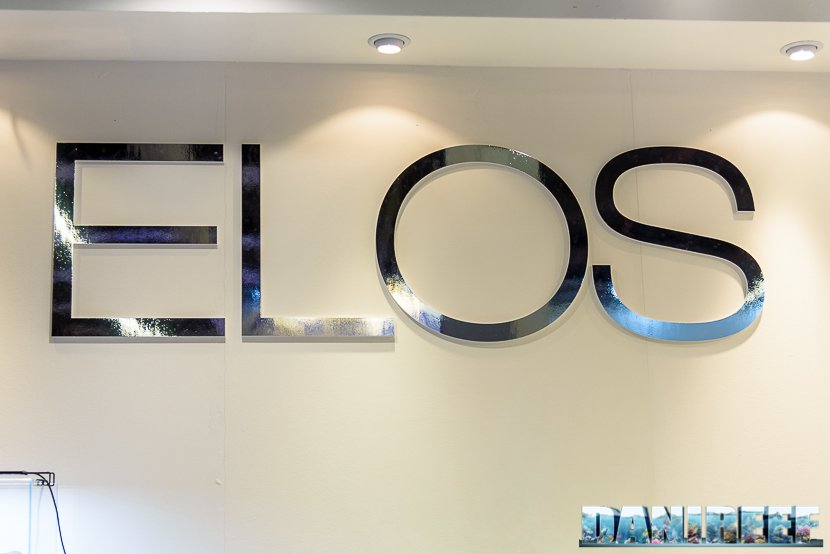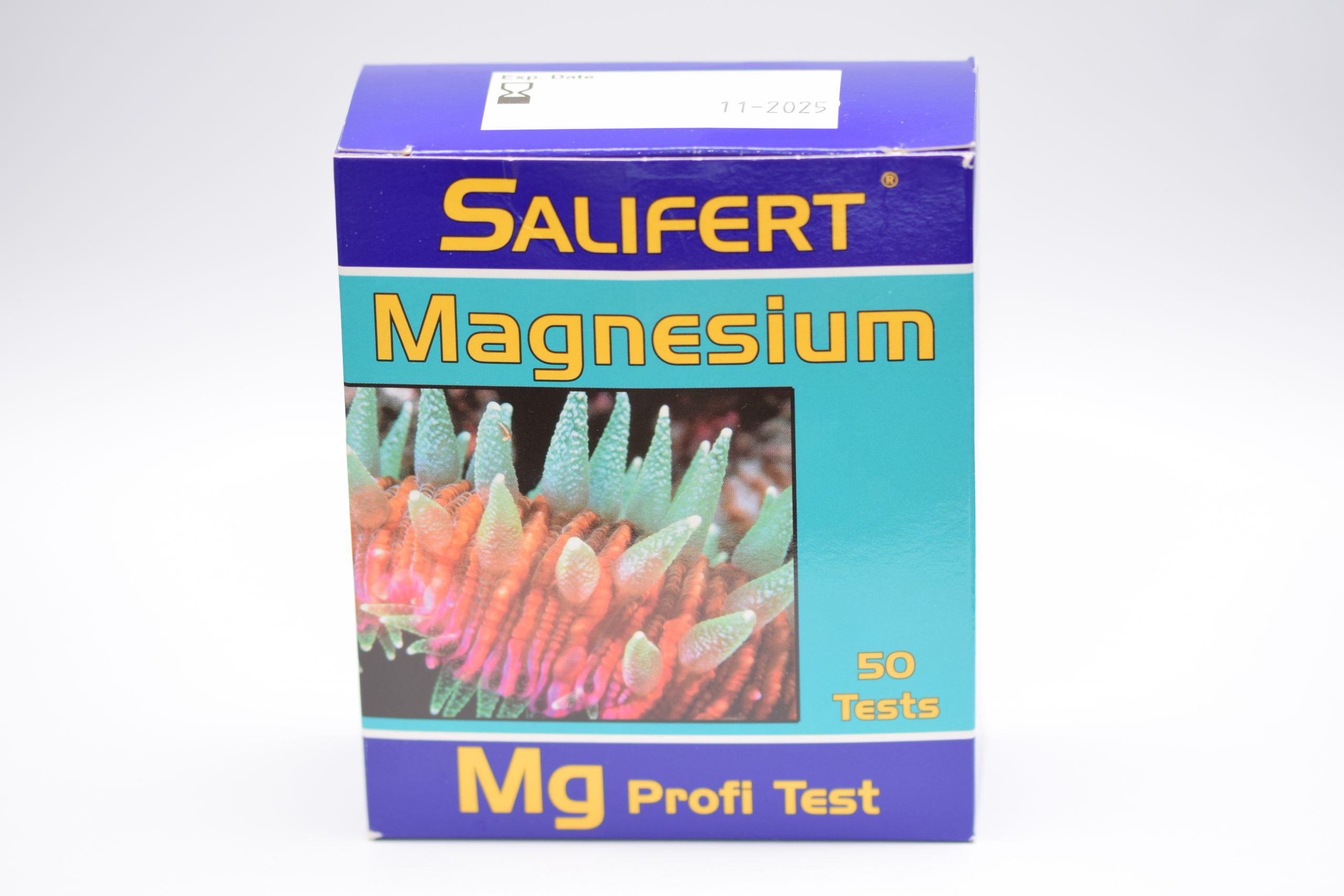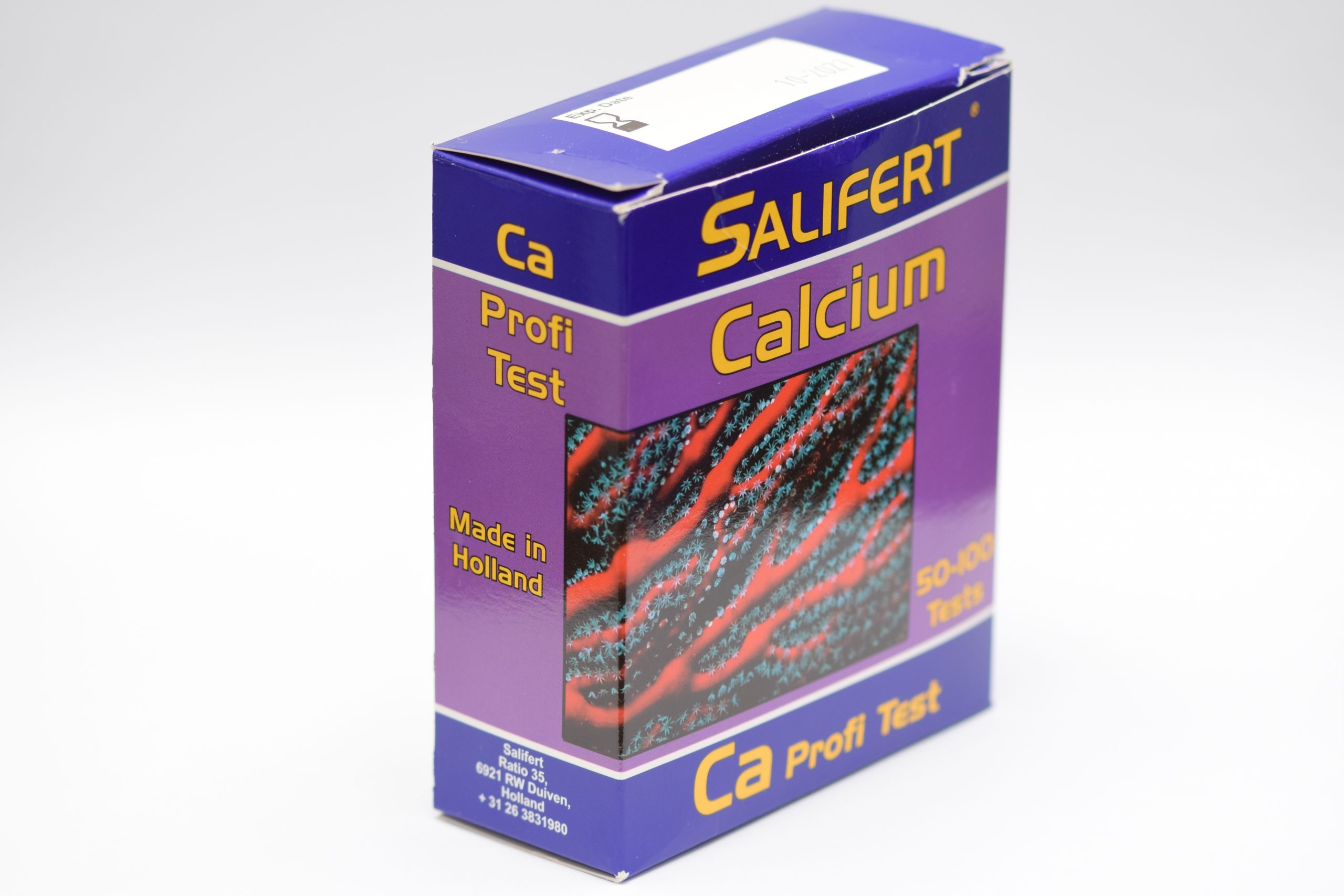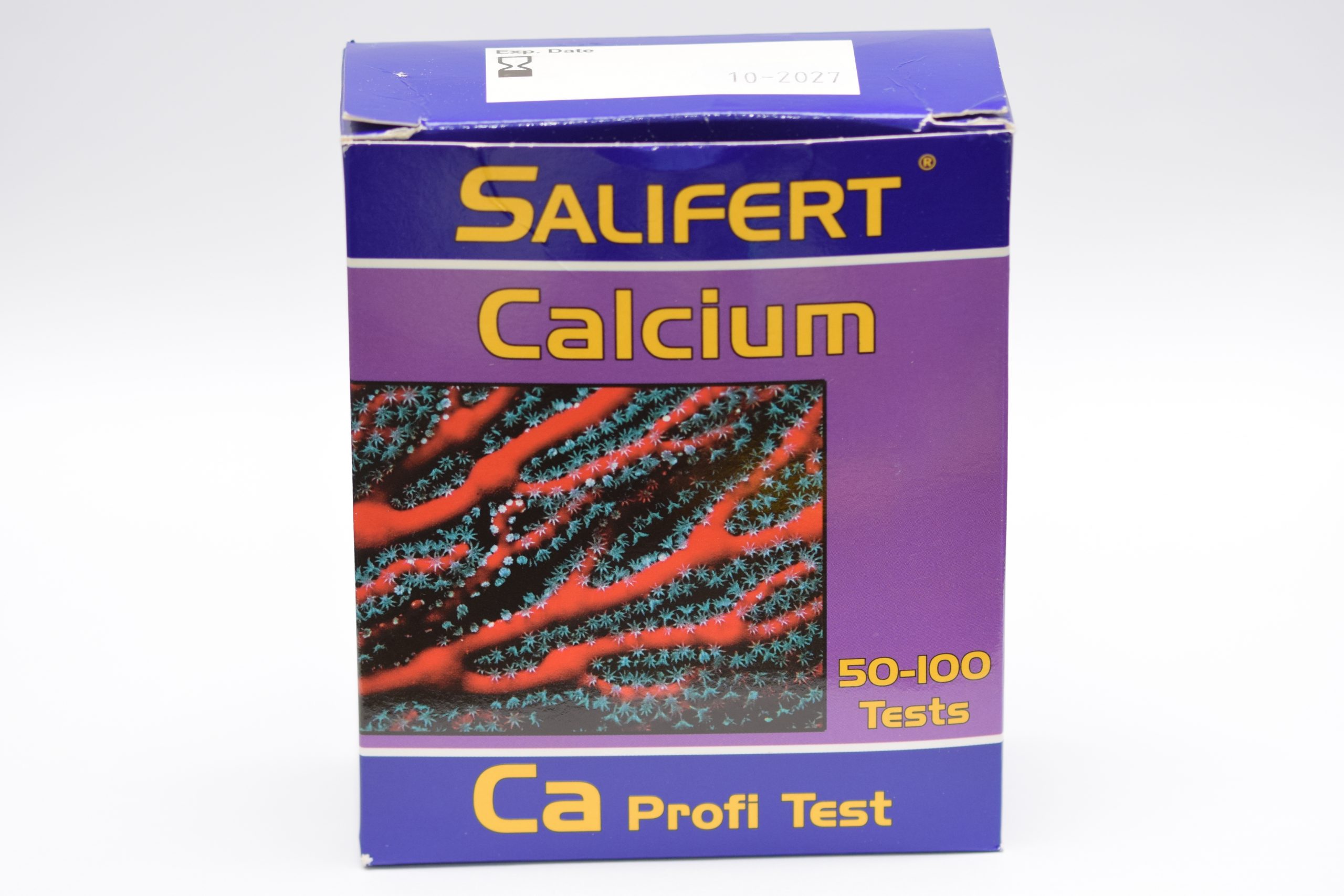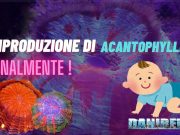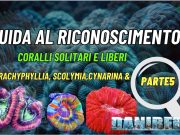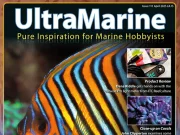

Eccoci qua con quella che ritengo l’ultima mia misurazione comparata.
L’acquario dal mese scorso è migliorato incredibilmente, merito dei due cambi d’acqua e dell’impianto di osmosi nuovamente efficiente, ma credo che un grosso merito vada dato allo schiumatoio Elos NS 1000 che ritengo sia stato fondamentale nell’opera di abbassamento dei nutrienti.
Ad occhio posso dire che i nitrati sono sicuramente calati anche se non del tutto assenti per via di alcune colorazioni ancora latitanti, i fosfati sono tornati sicuramente a valori congrui anche se probabilmente non ancora assenti del tutto, calcio, kh e magnesio dovrebbero essere a posto perché la crescita si vede ad occhio nudo e perché sono pieno di quelle dannate alghe calcaree sui vetri.
Vediamo quindi cosa ho misurato ieri
| Data: 16 novembre ore 14.36 | Test Elos | Test Salifert |
| Fosfati – PO4 | 0.01 | 0.1 |
| Nitrati – NO3 | 5 | 0 |
| Calcio – Ca | 450 | 410 |
| Carbonati – Kh | 9 | |
| Magnesio – Mg | 1.200 | 1.170 |
| Temperatura | 25,6 | |
| Redox | 419 | |
| Densità | — | |
| pH | 8.00 |
I valori sono tornati dentro i valori di guardia.
Se però dovessi basarmi su salifert sarei preoccupato per i fosfati ma in vasca vedendo colori e crescita è improbabile che abbiano quel valore, stesso discorso anche se invertito per i nitrati, dato che ancora qualche ciano si vede in giro è improbabile che siano a zero spaccato come mostrato dal test salifert.
Calcio e kH stabili da ormai due mesi e tre misurazioni, con reattore di calcio Korallin tarato sempre nello stesso identico modo.
Il magnesio ancora molto simile con i due test.
Mi sono dimenticato di misurare la densità con il rifrattometro e non ho potuto affidarmi alle due sonde di densità presenti sia in aquatronica che limulus perché sono entrambe molto starate, stesso discorso per pH e redox che, sebbene abbiano un valore credibile, sono da tarare e quindi poco attendibili.
Detto questo mi sono fatto una idea abbastanza precisa sulle due marche in questione e mi appresto quindi a preparare la mia relazione finale.


Finally I checked the water’s values for last time with two different brands, elos and salifert.
Seven times are enough
My tank is drammatically improved than last month, and I’m finally happy. Since them I made two water changes, and I think this together with new reverse osmosis system but especially with the new Elos NS 1000 skimmer helped to fix situation, well done!
Looking close my tank I see an improved situation about NO3 and PO4, they aren’t zero because the colours aren’t so beatiful as I’m used to see. Calcium, kH and magnesium are Ok, because the corals are growing fast, and I’m full of calcareum algae.
Let’s check
| Date: november, 16 time 14.36 | Test Elos | Test Salifert |
| Phosphates – PO4 | 0.01 | 0.1 |
| Nitrates – NO3 | 5 | 0 |
| Calcium – Ca | 450 | 410 |
| Carbonate – Kh | 9 | |
| Magnesium – Mg | 1.200 | 1.170 |
| Temperature (aquatronica and limulus) |
25,6 | |
| Redox (aquatronica and limulus) |
419 | |
| Density | — | |
| pH (aquatronica and limulus) | 8.00 |
The values are finally good, not perfect but I’m happy.
But if we checked only with salifert tests we could think to have perfect nitrates value and wrong phosphates value… but looking to the tank I don’t think they’re right, because I’ve some ciano and the colours aren’t perfect.
Calcium and kH are ok from three tests, with my calcium reactor with same calibration
Magnesium test are similar.
I’m forgotten to check density with refractometer, and density probes of my two system, aquatronica and limulus, aren’t calibrated from too much time, so they’re useless. Also pH and redox values are only lightly reliable, for same reason.
After seven measurements I think to be caught up my personal thought, and I’ll write as soon as possible my relation.









